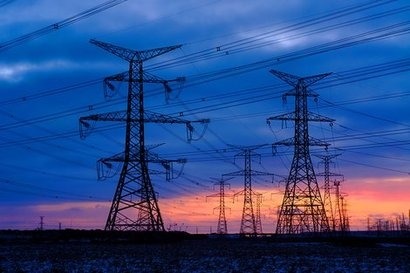
For the last two years, six Department of Energy national laboratories, with extensive input from stakeholders in Puerto Rico, have studied how the island can build a renewable, resilient grid.
Pacific Northwest National Laboratory researchers led much of the resilience and reliability modeling for the study. In one portion of the study, researchers simulated a future renewables-based power grid using the Electrical Grid Resilience and Assessment System (EGRASS) model - and then hit it with 100 hurricanes to analyze the system recovery after severe damage with the Recovery Simulator and Analysis model. They also looked at how technologies such as grid-forming inverters would help create a more reliable grid.
“We're in a position now to help Puerto Rico be in control of their renewable energy efforts as they progress toward a 100 percent renewable, resilient grid” said Marcelo Elizondo, principal electrical engineer at PNNL and lead researcher on PNNL's contributions to the PR100 study.
The study results outline both near- and short-term strategies for Puerto Rico to build a resilient, reliable grid in the face of major hurricanes and natural disasters. The results emphasize accelerating deployment of renewable energy generators such as rooftop solar panels, the critical need for energy storage to stabilize the grid in case of a disruption in energy generation and enhanced extreme weather impact modeling to prepare for hurricanes.
For additional information:
Puerto Rico Grid Resilience and Transitions to 100% Renewable Energy Study

